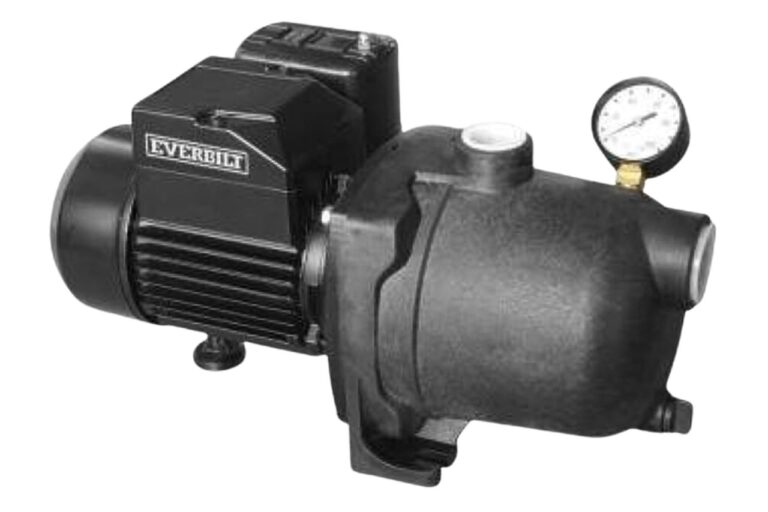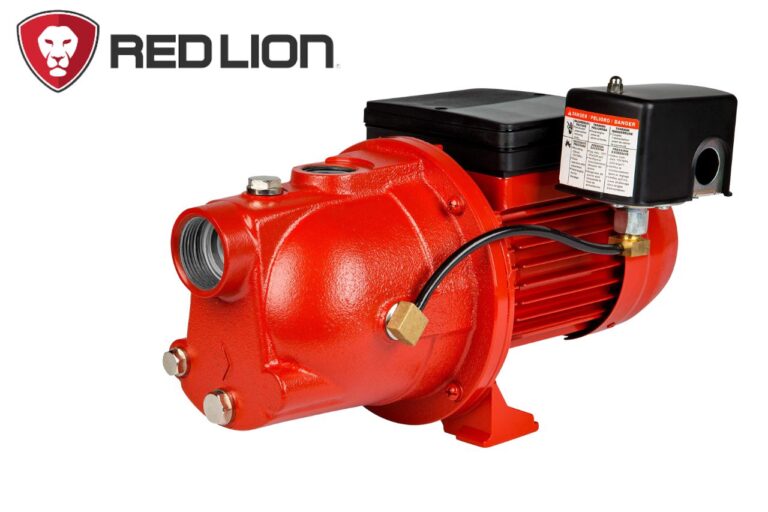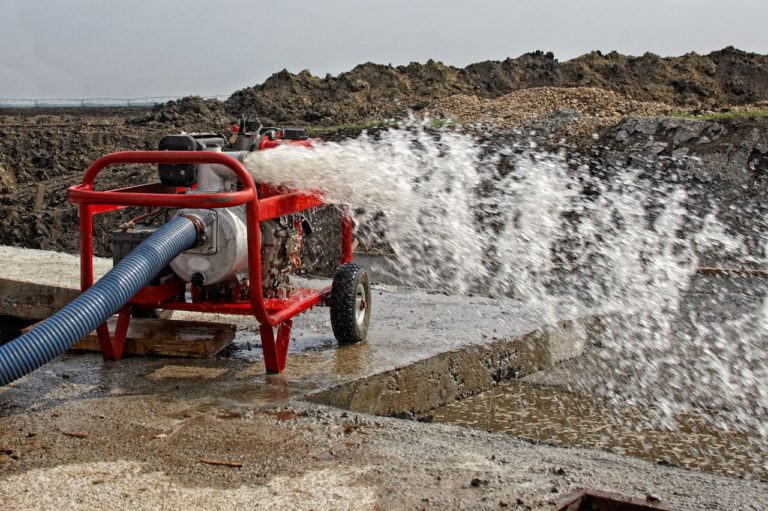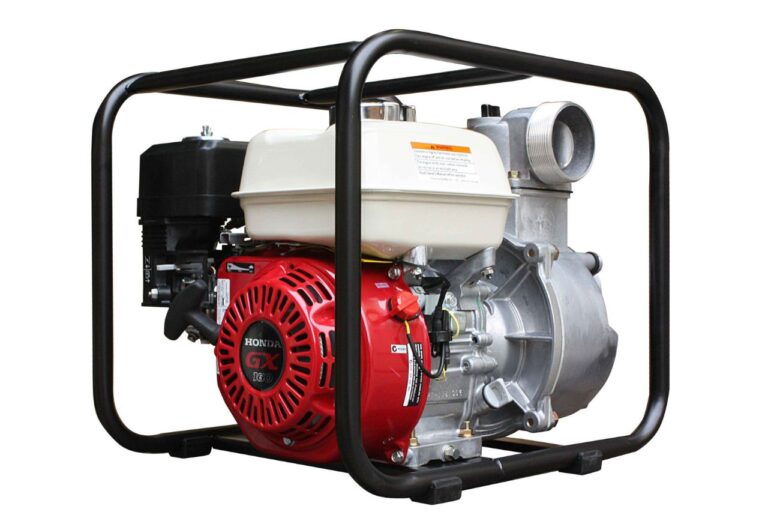The Benefits of a Booster Pump with VFD
As our world continues to grow and evolve, so does the demand for efficient and effective solutions.
When it comes to water distribution systems, maximizing efficiency is crucial. That’s where a booster pump with variable frequency drive (VFD) comes in.
A booster pump with VFD can help increase the efficiency of your water distribution system, resulting in lower energy costs, reduced maintenance, and longer equipment life.
Whether you’re looking to improve water pressure and flow, or simply wanting to optimize your system’s performance, a booster pump with VFD is an excellent choice.
In this article, we’ll explore the benefits of a booster pump with VFD, and how it can help you achieve maximum efficiency for your water distribution system.
So, let’s dive in!
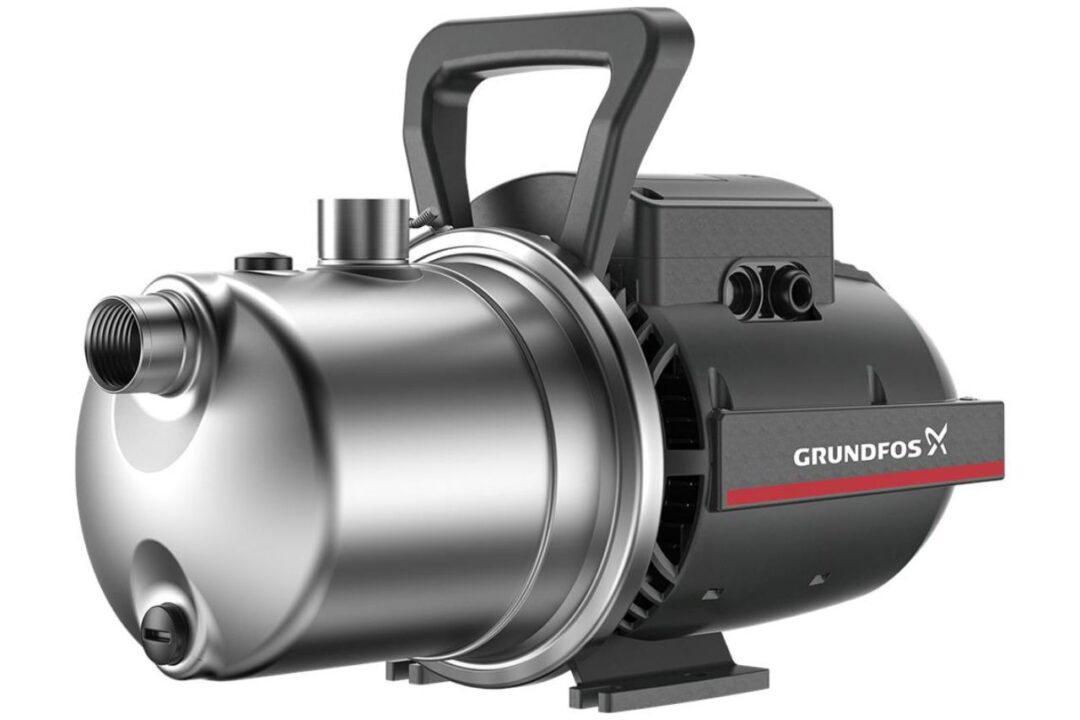
Booster pump basics
Before we delve into the benefits of a booster pump with VFD, let’s first understand what a booster pump is and how it works.
A booster pump is a device that helps increase the pressure and flow of water in a distribution system.
It is typically used in areas where the water pressure is low or inadequate, such as high-rise buildings, apartments, and industrial facilities.
A booster pump works by taking water from a low-pressure source, such as a storage tank or a municipal water supply line and pumping it to a higher elevation or longer distance.
Booster pumps come in various sizes and configurations, depending on the specific needs of the application.
They can be either single-stage or multi-stage, and can be driven by electric motors or diesel engines.
Some booster pumps come equipped with variable speed drives (VSDs), which allow for automatic adjustment of the pump speed based on the demand for water.
In general, a booster pump can help improve the efficiency of a water distribution system by reducing the need for high-pressure water sources and minimizing the energy required to transport water to its destination.
What is a variable frequency drive (VFD)?
A variable frequency drive (VFD) is an electronic device that regulates the speed and torque of an electric motor by adjusting the frequency and voltage of the power supplied to it.
VFDs are commonly used in industrial and commercial applications to control the speed of pumps, fans, and other equipment that require variable speed operation.
In the context of a booster pump, a VFD can help improve energy efficiency by allowing the pump to operate at the optimal speed based on the demand for water.
By varying the speed of the pump, a VFD can help reduce the amount of energy required to pump water, resulting in lower energy costs, and reduced environmental impact.
Benefits of a booster pump with VFD
Now that we understand the basics of a booster pump and a VFD, let’s take a closer look at the benefits of combining these two technologies in a water distribution system.
Energy savings with VFD
One of the primary benefits of a booster pump with VFD is energy savings.
By adjusting the speed of the pump based on the demand for water, a VFD can help reduce the amount of energy required to pump water.
This is because the energy required to pump water is directly proportional to the speed of the pump.
By reducing the speed of the pump, a VFD can help reduce energy consumption and lower utility costs.
In addition to the direct energy savings, a booster pump with VFD can also help reduce the need for high-pressure water sources, such as municipal water supplies.
By optimizing the performance of the booster pump, a VFD can help maintain adequate water pressure and flow without the need for high-pressure sources, which can be costly and energy intensive.

Improved system performance with VFD
Another benefit of a booster pump with VFD is improved system performance.
By adjusting the speed of the pump based on the demand for water, a VFD can help maintain consistent water pressure and flow throughout the distribution system.
This can help prevent issues such as low water pressure, water hammer, and water leaks.
In addition, a booster pump with VFD can help reduce the wear and tear on the pump and other system components.
By operating at the optimal speed, the pump can work more efficiently and effectively, resulting in longer equipment life and reduced maintenance costs.
Reduced maintenance costs with VFD
Speaking of maintenance costs, a booster pump with VFD can also help reduce the need for maintenance and repair.
By operating at the optimal speed and pressure, the pump can work more efficiently and effectively, reducing the risk of damage or failure.
In addition, a VFD can help detect and diagnose issues in the system, allowing for timely maintenance and repair.
Overall, a booster pump with VFD can help improve the efficiency, performance, and reliability of a water distribution system, while also reducing energy and maintenance costs.
How to select the right booster pump with VFD
Now that we understand the benefits of a booster pump with VFD, let’s take a closer look at how to select the right pump for your specific needs. When selecting a booster pump with VFD, there are several factors to consider, including:
- Size and capacity: The size and capacity of the booster pump should be appropriate for the demand of the application. The pump should be able to provide adequate pressure and flow without overworking or underperforming.
- Configuration: The configuration of the booster pump should be suitable for the specific application. For example, a multi-stage pump may be more appropriate for a high-rise building than a single-stage pump.
- Motor and VFD compatibility: The motor and VFD should be compatible with each other and with the power supply of the application. This can help ensure optimal performance and efficiency.
- Manufacturer and warranty: The manufacturer of the booster pump and VFD should be reputable and offer a warranty that provides adequate protection for the equipment.
By considering these factors and working with a qualified professional, you can select the right booster pump with VFD to meet your specific needs.
Installation and maintenance of booster pumps with VFD
Once you have selected the right booster pump with VFD, it is important to ensure proper installation and maintenance to maximize its benefits. Proper installation can help ensure optimal performance and efficiency, while regular maintenance can help prevent issues and extend equipment life.
When installing a booster pump with VFD, it is important to follow the manufacturer’s instructions and work with a qualified professional.
This can help ensure proper wiring, grounding, and configuration of the pump and VFD.
In terms of maintenance, regular inspection, and testing of the pump and VFD can help identify and diagnose issues before they become more serious.
In addition, proper cleaning and lubrication of the pump can help prevent wear and tear and extend equipment life.

Conclusion
A booster pump with variable frequency drive (VFD) can help maximize the efficiency, performance, and reliability of a water distribution system.
By adjusting the speed of the pump based on the demand for water, a VFD can help reduce energy costs, improve system performance, and reduce maintenance costs.
When selecting a booster pump with VFD, it is important to consider factors such as size and capacity, configuration, motor and VFD compatibility, and manufacturer and warranty.
And, when installing and maintaining a booster pump with VFD, it is important to follow the manufacturer’s instructions and work with a qualified professional.



